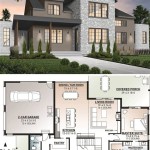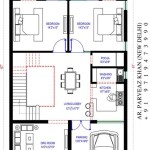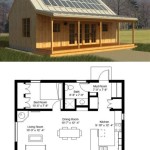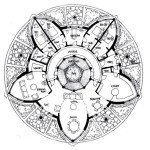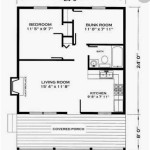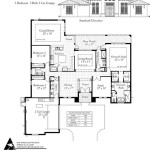Essential Aspects of Hangar Floor Plans
Hangar floor plans are essential for maximizing the efficiency and safety of any aviation facility. These plans provide a comprehensive layout of the hangar, ensuring the optimal placement of aircraft, equipment, and personnel. When designing or modifying a hangar floor plan, several key aspects must be considered to ensure a functional and compliant facility.
### Hangar Dimensions and ShapeHangar dimensions are critical in determining the number and size of aircraft that can be accommodated. The shape of the hangar should also be carefully considered, as it impacts the maneuverability of aircraft and the efficient flow of operations.
### Aircraft PositioningThe layout of the hangar should facilitate the safe and efficient movement of aircraft. Sufficient space must be provided for aircraft parking, taxiing, and maintenance. Consideration should be given to the size and type of aircraft that will be stored in the hangar.
### Equipment PlacementThe floor plan should account for the placement of essential equipment, including cranes, hoists, lifts, and other specialized tools. These equipment must be positioned strategically to maximize efficiency and minimize potential hazards.
### Personnel Flow and SafetyHangar floor plans must prioritize the safety of personnel. Adequate aisles and walkways should be provided to ensure safe movement around the hangar. Designated areas for personnel should be separate from aircraft activity.
### Lighting and VentilationProper lighting and ventilation are crucial for a well-functioning hangar. Lighting should be designed to provide clear visibility for maintenance operations and safety inspections. Adequate ventilation systems should be installed to maintain a comfortable and safe environment for personnel and aircraft.
### Compliance with RegulationsHangar floor plans must adhere to local and international regulations related to aviation safety. These regulations often stipulate specific requirements for hangar dimensions, aircraft positioning, equipment placement, and personnel flow. Failure to comply with these regulations can result in safety hazards and legal consequences.
### Flexibility and AdaptabilityHangar floor plans should be adaptable to changing needs and future growth. Consider including modular or reconfigurable elements that can be modified as aircraft types or maintenance requirements change. This flexibility ensures the hangar remains functional and efficient over its lifetime.
### Communication and Monitoring SystemsEffective communication and monitoring systems are essential in hangar environments. The floor plan should incorporate the placement of intercoms, surveillance cameras, and other systems to enhance safety and operational efficiency.
By carefully considering these essential aspects, hangar floor plans can be optimized to provide a safe, efficient, and compliant facility that supports the smooth operation of any aviation organization.
Pin Page

Susitna Hangar Home

Pin Page

Hangar Home Designer Residential Structural Architectural Engineer

Custom Northwest Home With Airplane Hanger 35475gh Architectural Designs House Plans

Hangar Home Designer Residential Structural Architectural Engineer

Pin Page

Hangar Home Designer Residential Structural Architectural Engineer

Pin Page

Banman Live Work Airplane Hangar James Mcgarry Archinect

